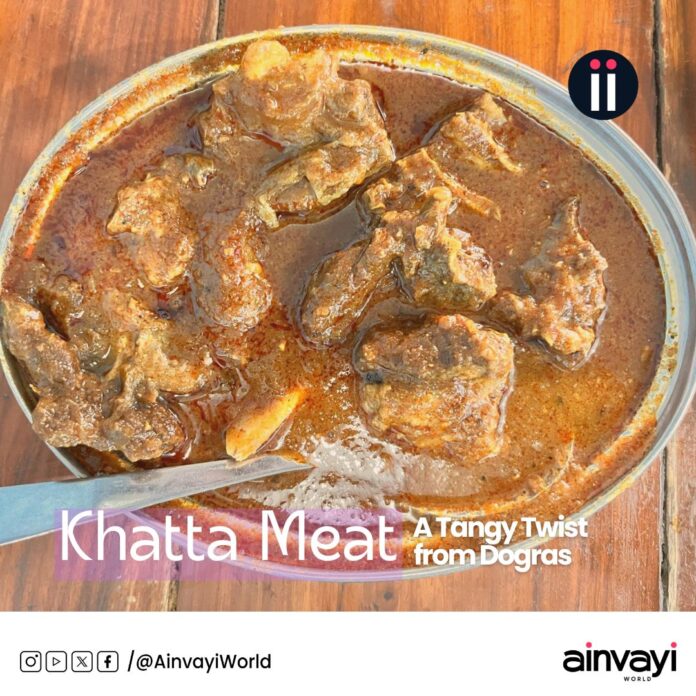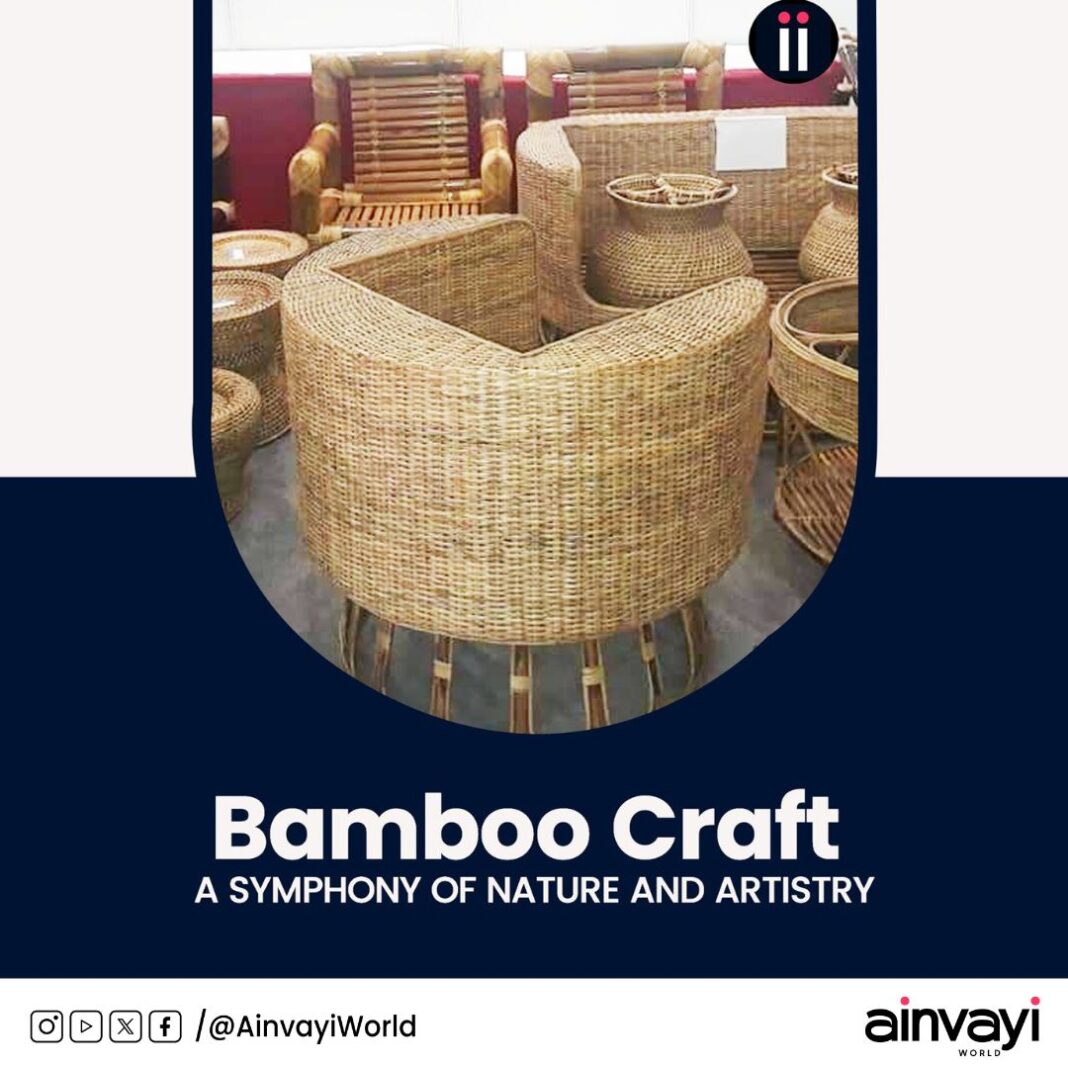Introduction
Khatta Meat, a signature dish from the Jammu Division of Jammu and Kashmir, India, holds a special place in the region’s culinary heritage. Renowned for its distinct flavor and unique preparation, this dish reflects the rich traditions of the Dogras, the region’s native people. Long cherished by them, Khatta Meat is now gaining recognition beyond its borders, captivating palates around the world.
Khattapan That Defines Khatta Meat
Khatta Meat is a rustic, slow-cooked mutton curry infused with a trademark tang, derived primarily from dried mango powder (amchur) and/or pomegranate seeds (anardana), ingredients common to North Indian kitchens. The distinct sourness, achieved without yogurt or tomatoes, sets Khatta Meat apart from other mutton preparations.
This dish delights not only with its memorable taste but also with the balance of ingredients, aromas, and flavors, all intrinsic to the region. The goodness of mutton, enriched with a smoky essence from coal, contrasts beautifully with the tangy and savory notes, creating a melt-in-your-mouth experience that leaves you craving more.
The Recipe
Khatta Meat is relatively straightforward in preparation, though its flavor is deep and nuanced. While recipes may vary, here’s a simplified version of the process:
Ingredients:
– Mutton (goat meat), cut into pieces
– Onions, finely sliced
– Garlic, ginger, and a blend of spices (including fennel, cumin, and coriander)
– Mustard oil, Desi Ghee (homemade clarified butter)
– Dried mango powder (amchur) and/or pomegranate seeds (anardana)
– Red chili powder, turmeric, and salt
– Charcoal
Preparation:
1. Marinate the mutton with ginger, garlic, and spices, then slow-cook it in mustard oil to ensure the meat becomes tender and absorbs the flavors.
2. Add onions and ground spices, along with water, to create the curry base.
3. Once the meat reaches the right consistency and the gravy thickens, add amchur and/or anardana to impart the characteristic sourness.
4. Simmer the dish until the mutton becomes juicy, and the flavors meld together harmoniously.
5. For a smoky touch, place a red-hot charcoal piece in a small metal bowl or foil, drizzle oil or desi ghee over it, and quickly place it in the pan with the curry. Cover the pan with a lid to trap the fumes for a few minutes before removing the charcoal.
The final result is a rustic, hearty and healthy curry with a flavor profile that is distinctly Dogra.
Serving Suggestions: Khatta Meat is best enjoyed with rice, roti (flatbread), and accompanied by fresh salad and chutneys, making for a wholesome and satisfying meal.
Cultural Significance and Popularity
Though its origins are rather obscure, Khatta Meat is more than just a dish for the people of the Dogra belt — it’s a vibrant display of their cultural heritage and natural wealth. Traditionally served at festive gatherings and special celebrations, it occupies a prominent place in Dogra households.
In recent years, Khatta Meat has gained increasing popularity far beyond its roots. Its tantalizing taste and unique preparation have captured the attention of food enthusiasts, who are exploring the diverse and indigenous cuisines. The global rise of regional Indian cuisines has further highlighted Khatta Meat, positioning it alongside other iconic Indian dishes on the world stage.
As interest in regional specialties grows, Khatta Meat is making its mark on menus across the country. However, the unique flavor achieved when prepared in Jammu Division remains unmatched, prompting many to experience it firsthand when visiting the region. Esteemed chefs including Chef Sanjeev Kapoor and Ranveer Brar, have featured Khatta Meat, bringing its exquisiteness to a broader audience. This growing acclaim affirms Khatta Meat’s status as a distinguished and cherished culinary gem.
Conclusion
Khatta Meat is a must-try for anyone looking to delve into the culinary treasures of the Dogras. Whether you’re a fan of mutton or simply curious about regional Indian cuisines, this dish is sure to impress.




